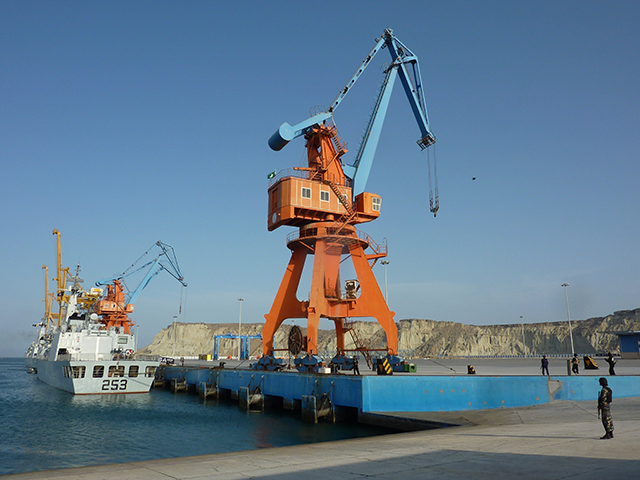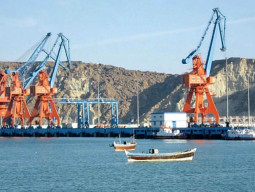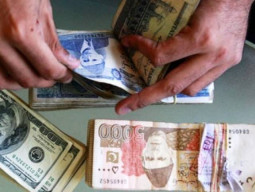
BEIJING:
Let us start with a story of a fishing town of 30,000 inhabitants. In 1980, this sleepy place in south-east of China was declared the first ‘Special Economic Zone’ (SEZ) of the country.
It was a bold decision of the largest Communist party to germinate the plant of capitalism in the red soil and one can only be amazed at its fertility.
The city never looked back.
Within a span of three decades, its population soared to over 10 million with a GDP surpassing $266 billion, even larger than that of Pakistan.
What’s the name of that city? It is Shenzhen; a true miracle of Chinese ingenuity and learning by feeling the stones under the river.
Pakistan, China ink agreements worth $4.2b
This economic miracle did not remain restricted to one city or region. Under an evolutionary approach, the Chinese government gradually opened up many more areas for SEZs in China.
Success model
The success of the SEZ model lies in its contribution to the Chinese economy.
In recent years, the SEZs have accounted for 22% of China’s national GDP, 46% of the FDI and 60% of its exports and created in excess of 30 million jobs.
At the beginning of the 21st century, China stated exporting its SEZ model to developing and emerging economies. As to how successful the replication has been, the reply is more crucial in view of Pakistan’s efforts for soliciting Chinese investments in the CPEC-based SEZs.
So we will build and they will come; is the story that simple?
Unfortunately, not so much.
Development is not a linear process. Goals can be attainable, if demand is understood in its whole perspective; only then we can steer our supply in accordance to the requirements of Chinese investors. For this purpose, the starting point will be the study of successful SEZ replications in other countries.
African story of Chinese SEZ will be worth looking. Africa holds a special position for Chinese policy makers from the economic collaboration perspective.
China’s AIIB to co-finance first project with ADB in Pakistan
In 2006, the Chinese government incentivised the state-owned and private enterprises to invest in setting-up SEZs in different African countries. To date, the Chinese-sponsored SEZs have been established in Nigeria, Zambia, Ethiopia, Egypt and Mauritius. Jury is still out on the long-term impact of these SEZs on the host economies. However, it proved to be a viable market entry platform for Chinese companies. The same is evident by the physical presence of dozens of Chinese companies in each of these SEZs. It is creating local employment and contributing to national GDP.
Lesson for Pakistan
This SEZ African journey was marred by various bottlenecks. Delay in infrastructure build-up by host governments, lack of skilled manpower and absence of regulatory framework were some of the adverse factors. Difficulties have been overcome in a gradual manner.
It required a lot of collaboration between different stakeholders and political will of the two governments. The process is time consuming and entails patience on all sides. One should not presume overnight economic transformation. Chinese enterprises are undertaking business ventures in host economies and the impact of their contribution will be gradual and incremental.
Game will be changed, but realistic time period is required for the change to take effect.
We also need to understand here that Chinese investors are not here for charity. They will invest to make returns on their investments. It means that locations of SEZs become immensely important from the angle of investor facilitation. Chinese enterprises should not be expected to invest in areas with least linkages with economic centres or resource endowments.
Precedents can be taken of Chinese SEZs in Africa. All these SEZs are located in proximity to main economic agglomerations or mining areas. It facilitates Chinese companies to take advantage of the developed linkages for better transportation, availability of skillsets and presence of raw material.
Development of backward areas in any country is a noble cause. However, this responsibility lies more over the shoulders of local businesses.
China, Pakistan ink $820m Thar coal agreement
First, if they invest in such SEZs, then only we can expect foreign investors to move in. It means that the government should be careful in designating areas for SEZ. It may become a non-starter and then the usual mud slugging starts among politicians. In order to avoid such pitfalls, the government should take a step down from the high friendship pedestal and start offering marketable options to Chinese investors.
CPEC is a great opportunity for the two nations, but feet should remain firmly on ground for optimising returns.
The writer is an entrepreneur based in China
Published in The Express Tribune, May 9th, 2016.
Like Business on Facebook, follow @TribuneBiz on Twitter to stay informed and join in the conversation.














































COMMENTS (16)
Comments are moderated and generally will be posted if they are on-topic and not abusive.
For more information, please see our Comments FAQ